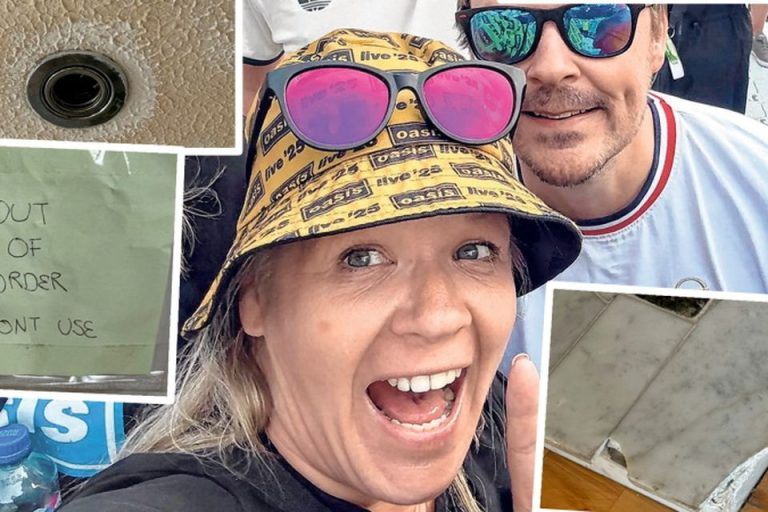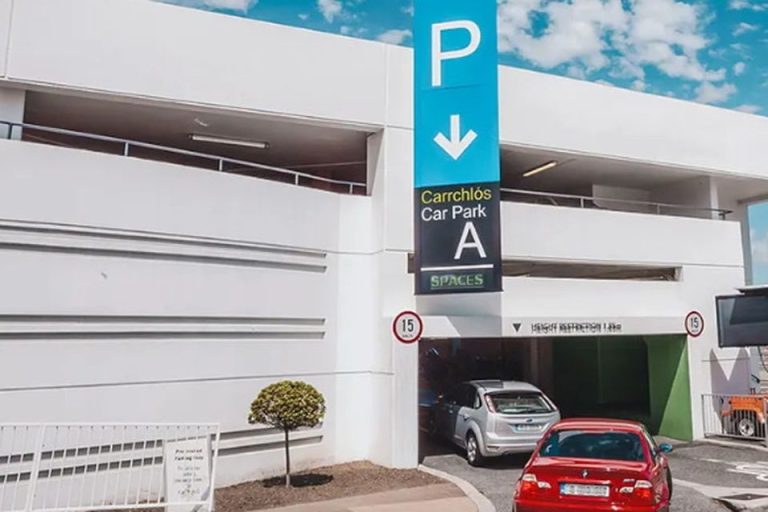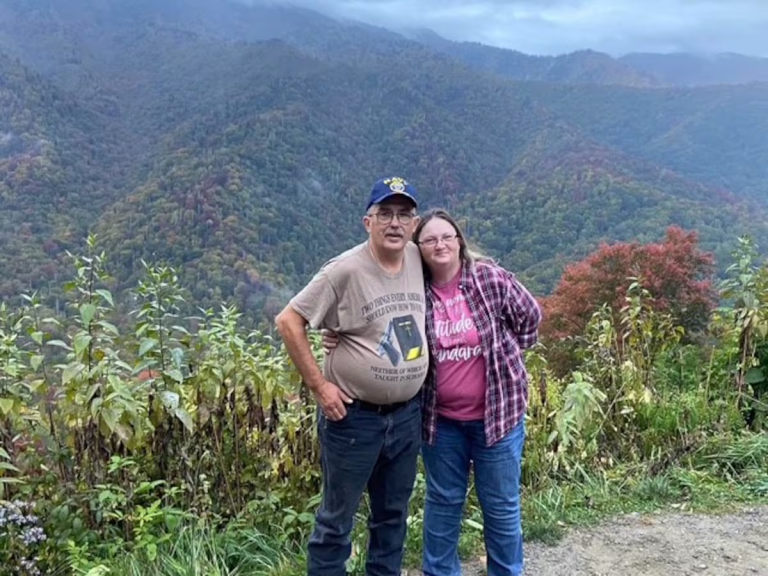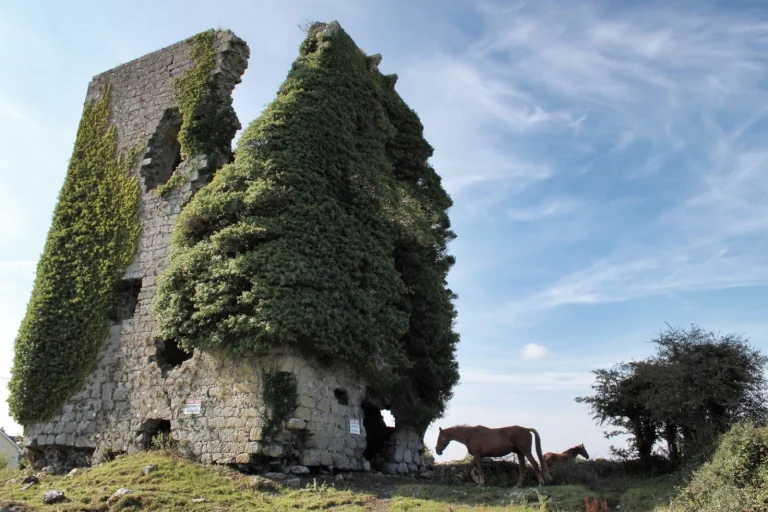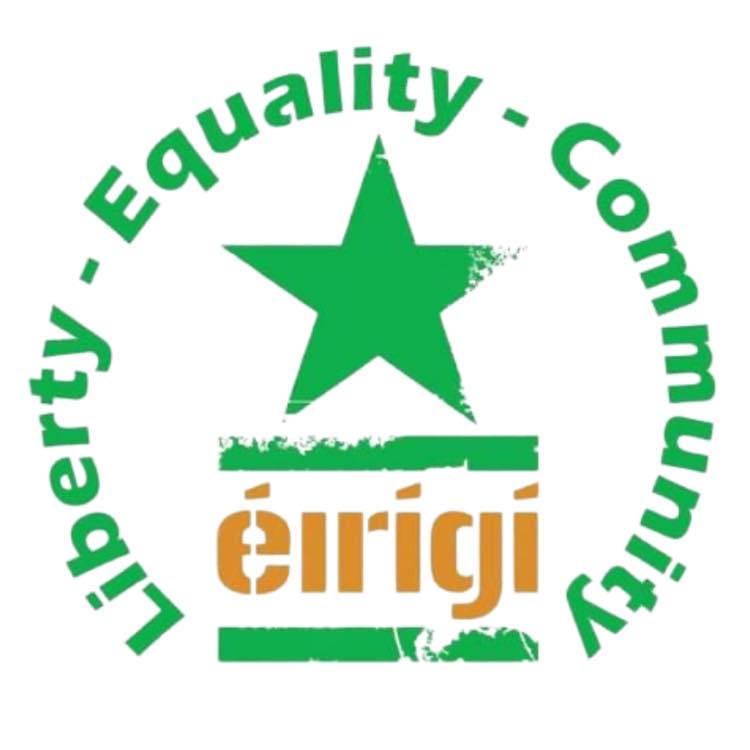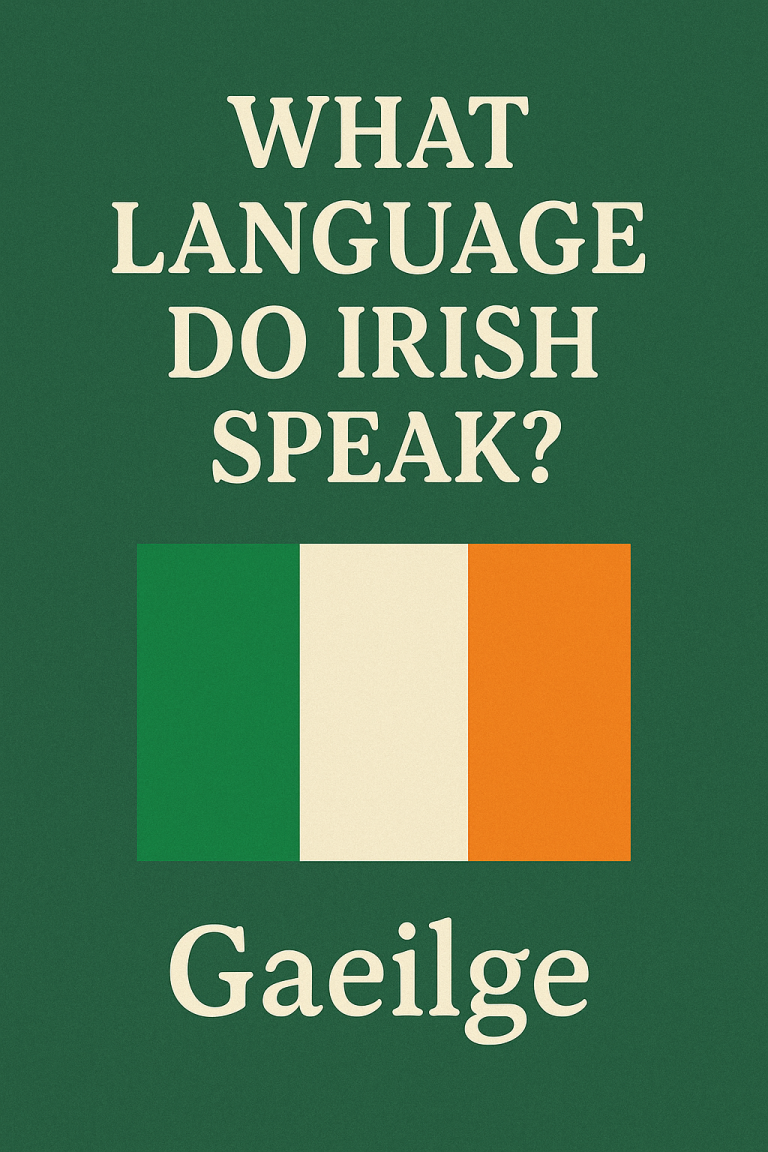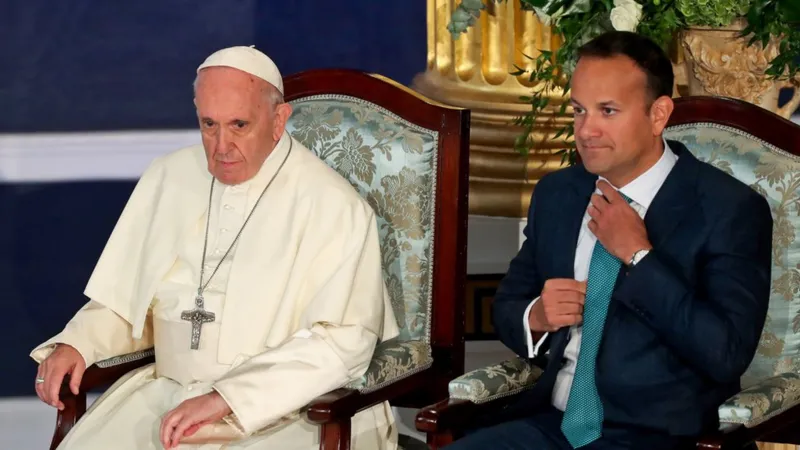

The passing of Pope Francis on Easter Monday, April 21, 2025, has turned the world’s attention to the intricate and centuries-old procedures that unfold when the Pope dies.
This period, known as the sede vacante (the vacant see), is a time of profound significance for the Catholic Church, marked by specific rituals, the transfer of authority, and the eventual election of a new pontiff.
For Ireland, this moment also carries a unique historical resonance, considering the influential role Irish cardinals have played in past papal elections and the potential impact they might have in the upcoming conclave.
The Well-Defined Procedure Following Papal Demise
The process initiated when the Pope dies is meticulously laid out in the Apostolic Constitution Universi Dominici Gregis, promulgated by Pope John Paul II. This document governs the interregnum and the election of the new Pope.
Immediate Confirmation and Official Announcement:
The first step involves the official confirmation of the Pope’s death. This task falls to the Cardinal Camerlengo (currently Cardinal Kevin Farrell, an Irish-American figure, adding an immediate Irish link to this pivotal moment).
Accompanied by the Vice-Camerlengo, the Secretary of the College of Cardinals, the Prefect of the Papal Household, and the Master of Pontifical Liturgical Celebrations, the Camerlengo formally ascertains the Pope’s death, traditionally by gently striking his forehead three times and calling his baptismal name.
While this physical act might be symbolic today, the official declaration by the Camerlengo is crucial. Following this, the news is officially announced to the world – as was the case with the Vatican News today Pope Francis announcement and the widespread coverage by outlets like Bbc news Pope Francis resigns (which was inaccurate as he passed away, not resigned).
Notification and Mourning:
Once the death is confirmed, the Cardinal Vicar of Rome is informed, who then officially notifies the people of Rome. Heads of state and diplomatic corps accredited to the Holy See are also informed. The entire Catholic Church enters a period of mourning, typically lasting for nine days (the novemdiales), characterized by special Masses and prayers for the deceased Pope.
The Role of the Cardinal Camerlengo:
During the sede vacante, the Cardinal Camerlengo assumes significant administrative responsibilities. He seals the late Pope’s private apartments, takes possession of the Apostolic Palace, and oversees the administration of the Vatican City State in collaboration with the College of Cardinals. He also makes arrangements for the Pope’s funeral.
Preparations for the Funeral:
The funeral rites for the Pope are elaborate and steeped in tradition. They typically take place within four to six days after his death, allowing time for pilgrims and dignitaries to travel to Rome. The ceremonies include solemn Masses and the final burial in the Vatican Necropolis, located beneath St. Peter’s Basilica.
Does Vatican Close If the Pope Dies?
While the Vatican City State experiences a period of intense activity and mourning when the Pope dies, it does not entirely close down. Essential services continue to function, and the process of preparing for the conclave requires significant logistical operations within the Vatican. However, there are visible signs of mourning, and public access to certain areas might be restricted or modified during this period.
The Tripartite Burial: Is the Pope Buried in Three Coffins?
Yes, the tradition is that the Pope’s body is placed in three coffins, one inside the other. The innermost coffin is typically made of cypress, symbolizing humility and the human nature of the Pope. This coffin is usually sealed with a leaden one, inscribed with details of the Pope’s life and pontificate. The outermost coffin is generally made of elm or another noble wood. This triple burial is a long-standing tradition signifying the Pope’s earthly and spiritual roles.
The Ritual When the Pope Dies: A Symphony of Tradition
The ritualistic procedures when the Pope dies are rich in symbolism and history. Beyond the confirmation and notification, several key rituals take place:
- The Breaking of the Fisherman’s Ring: The Cardinal Camerlengo traditionally breaks the Ring of the Fisherman, a unique ring worn by the Pope that bears the image of St. Peter fishing. This act symbolizes the end of the Pope’s authority.
- Sealing of the Papal Apartments: The late Pope’s private apartments are sealed to prevent any interference or access until a new Pope is elected. This is part of the security measures during the interregnum. Why is the pope’s room sealed after death? This is primarily to safeguard the privacy of the deceased Pope and to ensure the integrity of any documents or personal belongings within.
- The Novemdiales (Nine Days of Mourning): As mentioned earlier, this period involves daily Masses and prayers for the departed Pope, offered throughout the Catholic world, but with particular solemnity in Rome.
- The Transfer of the Body: The Pope’s body is typically moved to St. Peter’s Basilica for public viewing, allowing the faithful to pay their respects.
- The Funeral Mass: The funeral Mass, presided over by the Dean of the College of Cardinals, is a grand and solemn occasion attended by dignitaries from around the globe.
What Happens to Pope’s Body After Death? Is the Pope Body Embalmed?
Yes, the Pope’s body is typically embalmed to preserve it for the period of public viewing and the funeral rites. This process allows the faithful to see the Pope in a state of peaceful repose.
What Happens Immediately After the Pope Dies?
What happens immediately after the pope dies? The very first actions involve the official confirmation of death by the Cardinal Camerlengo and the attending physician. Following this, the bells of St. Peter’s Basilica toll, signaling the news to the city of Rome and the world. The Cardinal Vicar of Rome is notified, who then informs the civil authorities. The Camerlengo proceeds to seal the Pope’s private apartments and begins the process of informing the College of Cardinals.
Which Pope is in a Glass Coffin?
Currently, no Pope is permanently displayed in a glass coffin. Some Popes, like Pope John XXIII, have been temporarily displayed in a glass reliquary after exhumation for canonical reasons, but this is not their permanent burial.
Which Pope Was Buried in Red Shoes?
The tradition of Popes being buried in red shoes dates back centuries, symbolizing their authority and connection to Christ (as red was associated with royalty and martyrdom). Pope John Paul II and Pope Benedict XVI were both buried wearing red shoes, a continuation of this historical practice.
What Do Lay Catholics Do When the Pope Dies?
What do lay Catholics do when the pope dies? Lay Catholics around the world typically respond with prayer for the soul of the departed Pope and for the guidance of the Holy Spirit in the election of his successor. They might attend special memorial Masses in their local parishes and follow news coverage of the interregnum and the upcoming conclave. It’s a time of reflection on the late Pope’s teachings and a period of anticipation for the selection of the new leader of the Church.
Who Holds Power When the Pope Dies?
Who holds power when the pope dies? During the sede vacante, the governing power of the Church rests with the College of Cardinals. However, their authority is limited. They can only perform acts necessary for the ordinary administration of the Church and for the preparation of the election of the new Pope. They cannot make any significant changes to Church doctrine or governance, which are reserved for the Pope.
What Happens to the Pope’s Ring When He Dies?
As mentioned earlier, the Pope’s Ring of the Fisherman is ceremonially broken by the Cardinal Camerlengo. This signifies the end of that specific Pope’s pontificate and prevents the ring from being used to forge documents.
The Irish Angle: Cardinals and Papal Elections
Ireland, despite not having produced a Pope, has a rich history of contributing influential cardinals who have played significant roles in papal elections. While the specific details of their influence within the secrecy of the conclave are never fully revealed, their presence and standing within the College of Cardinals undoubtedly carried weight.
Historically, Irish cardinals have been respected figures within the Church hierarchy. Their theological expertise, pastoral experience, and connections within the global Church have positioned them as potential kingmakers or at least influential voices in the selection of new Popes.
For the upcoming conclave following the death of Pope Francis, the Irish representation within the College of Cardinals will be closely watched. While the number of Irish cardinals eligible to vote might vary depending on age restrictions (cardinals over 80 are ineligible to vote), their insights and perspectives on the needs of the Church will be valuable.
It’s important to remember that the conclave operates under strict secrecy. Cardinals are forbidden from communicating with the outside world until a new Pope is elected. Therefore, the precise influence of any individual cardinal, Irish or otherwise, remains within the walls of the Sistine Chapel. However, considering the historical contributions of Irish cardinals, their participation in this pivotal moment for the Catholic Church carries a unique significance for the Irish faithful.
The Smoke Signal: Awaiting the Habemus Papam
The world will be watching for the visual cues that signal the progress of the conclave. What happens when the Pope dies smoke refers to the traditional method of announcing the outcome of the voting. After each ballot, the voting papers are burned. If black smoke (fumata nera) rises from the chimney atop the Sistine Chapel, it means no Pope has been elected. When a Pope is successfully elected, the papers are burned with a chemical substance to produce white smoke (fumata bianca), accompanied by the joyous announcement Habemus Papam (“We have a Pope”).
The anticipation surrounding the Pope’s condition today in the lead-up to his passing highlighted the global interest in the health and well-being of the pontiff. Now, the focus shifts to the selection of his successor.
Back to the Emerald Isle: A Moment of Reflection
As the Catholic world navigates this period of sede vacante, the connection between Ireland and the papacy remains significant. The outpouring of condolences following Pope Francis News today from Irish leaders and the collective memory of his visit underscore the deep respect and affection held for the Holy See in Ireland.
The potential influence of Irish cardinals in the upcoming conclave serves as a reminder of Ireland’s enduring role within the global Catholic community.
In conclusion, the process that unfolds when the Pope dies is a complex and deeply symbolic series of events governed by centuries of tradition.
From the initial confirmation and mourning to the solemn rituals and the eventual conclave, each step carries profound meaning for the Catholic Church. Ireland, with its history of influential cardinals, watches this process with particular interest, aware of its own unique connection to the papacy and the election of the next leader of the Catholic world.
